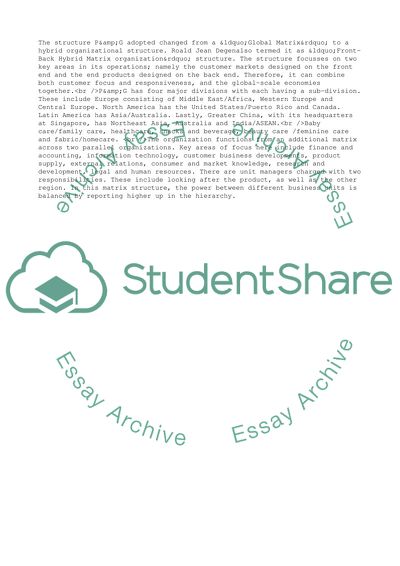Cite this document
(“Strategic Analysis of Proctor&Gamble Essay Example | Topics and Well Written Essays - 2250 words”, n.d.)
Retrieved from https://studentshare.org/business/1615958-strategic-analysis-of-proctorgamble
Retrieved from https://studentshare.org/business/1615958-strategic-analysis-of-proctorgamble
(Strategic Analysis of Proctor&Gamble Essay Example | Topics and Well Written Essays - 2250 Words)
https://studentshare.org/business/1615958-strategic-analysis-of-proctorgamble.
https://studentshare.org/business/1615958-strategic-analysis-of-proctorgamble.
“Strategic Analysis of Proctor&Gamble Essay Example | Topics and Well Written Essays - 2250 Words”, n.d. https://studentshare.org/business/1615958-strategic-analysis-of-proctorgamble.


